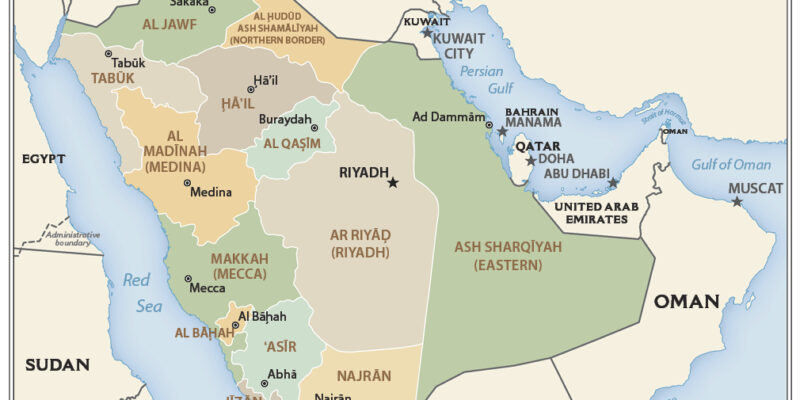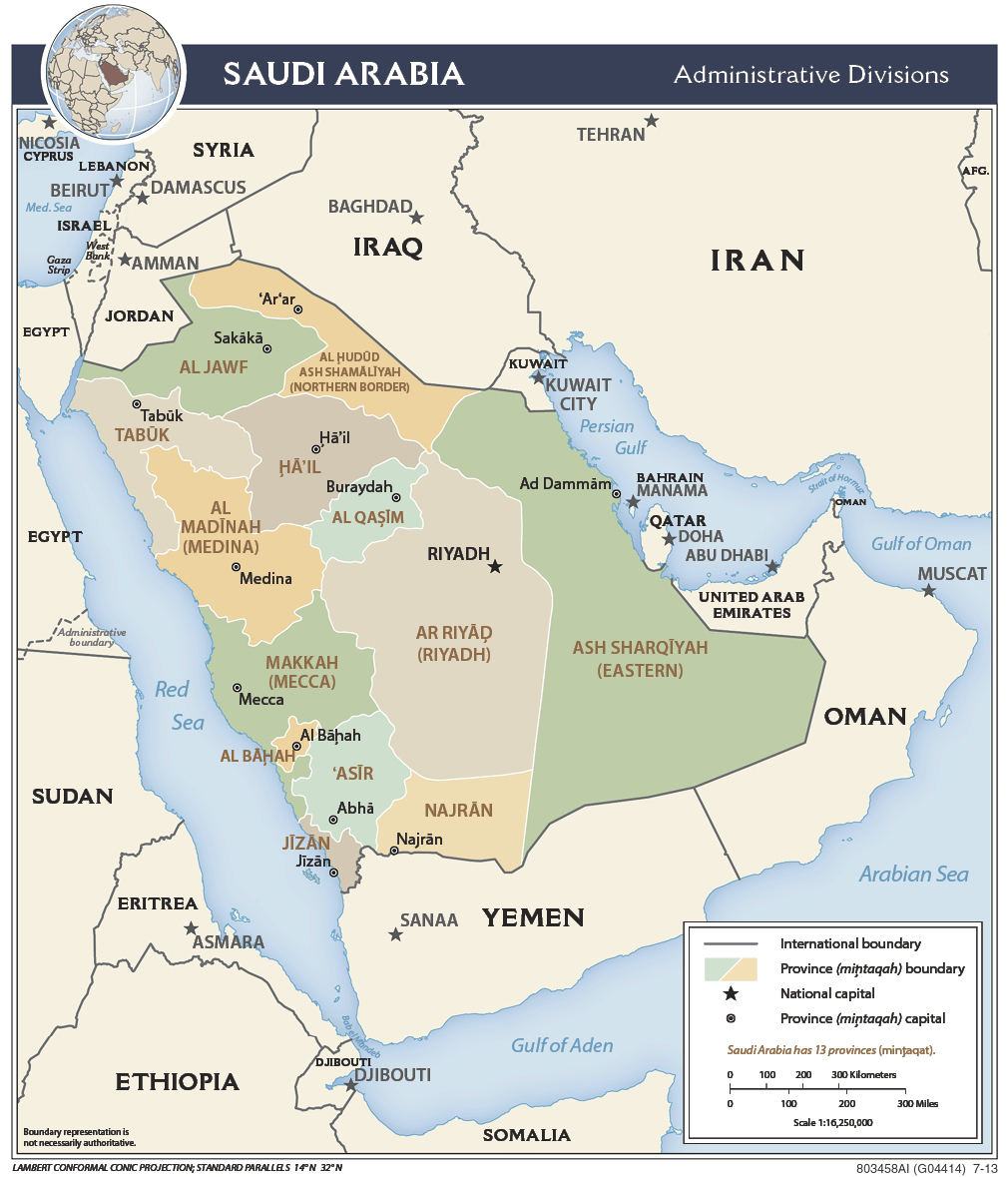
Last night, we received a tracking number from UPS for the shipment of the hearing aid charger from Nevada. Of course, we’re both frequently checking the tracking information on UPS. It appears that it has arrived in Spain for the clearance process. (See below).
| Past Event | Label Created
United States 10/01/2025, 4:05 P.M. |
|---|---|
| Past Event | We Have Your Package
Las Vegas, NV, United States 10/01/2025, 8:55 P.M. |
| Current Event | On the Way
El Prat De Llobregat, Spain 10/02/2025, 10:45 A.M. |
Thus, since yesterday, October 2, it appears it’s about to enter Spain, but we can’t determine by UPS’s post if it’s actually in Spain at this time. We can only keep checking and see if it moves along. We’re concerned it may be held up by customs for several days or weeks, which we’ve experienced in the past when shipping internationally.
Clearance in process is described as follows:
“Clearance in process” for international UPS shipments indicates that the package is undergoing the necessary customs procedures to officially enter or exit a country, ensuring it complies with regulations and pays any required duties or taxes. During this stage, customs officials are checking documentation and verifying the contents of the shipment.”
We hope that regulations are less restrictive than those in South Africa, which has prompted us to stop sending packages from the US. We’ve learned our lesson there!
On another note, we still haven’t gone out. As we mentioned, we’ve been to Barcelona in the past, seeing the attractions that appealed to us, and have no interest in hiring a taxi to drive us around. With my recent Uber experience, which was a rip-off when I got a pedicure, we’re not motivated to use Uber.
Given our recent string of unfortunate experiences, we believe staying put for now is a logical decision. The treacherous staircase is a huge factor in this decision. Our dear friend Rita (and her husband, Gerhard) were at a safari resort in South Africa for a few days, and Rita fell on a step, breaking her foot.
They are now back in Marloth Park until the end of the month, when they will return Inge to Germany, as Rita is unable to stand or sit when her foot must be elevated, or go out to dinner or sit in a vehicle for game drives. Rita is very strong, fit, and one of the most sure-footed people I know. Thank goodness, Rita’s mom, Inge, is there with them, who is cooking and handling household tasks.
Yesterday, I spoke with Gerhard at length, as he described her fall and subsequent trip to Mediclinic in Nelspruit to be diagnosed and fitted with a cast. They purchased a wheelchair to get her to and from the rental car.
When we heard this story, we were all the more determined to stay put, not attempting to navigate those stairs any more than absolutely necessary. The only upcoming outings will be meeting up with our dear friends, Linda and Ken, at a restaurant near the port of Barcelona, and for another pedicure at the end of the month.
Some of our readers have written, suggesting we “bite the bullet” and get out and about, even if it’s just for dinner. We realize and appreciate that our readers would like to see some local photos. However, we must do what our guts tell us, and now that everything is working in the apartment, we are content and will be even more so when the package arrives.
This time indoors has been well spent. We’ve booked holiday homes, flights, and rental cars well into the future. We successfully completed the complicated, time-consuming, and challenging process of obtaining the ETA for Indonesia, despite its website crashing repeatedly.
We have since obtained and received ETAs for Australia and New Zealand, and checked to ensure we don’t need any additional online visas for any other countries we’ll be visiting on the upcoming 47-night cruise. Additionally, we’ve spent hours working on a means of receiving the hearing aid charger.
It’s this precious time that has enabled us to accomplish a lot. Additionally, Tom had to process his first RMD, Required Minimum Distribution, since he turned 72 this year. An RMD is described as follows:
An RMD (Required Minimum Distribution) withdrawal is the mandatory minimum amount that must be withdrawn each year from traditional IRAs and employer-sponsored retirement plans, such as 401(k)s, starting at age 73 or the year a U.S. taxpayer turns 73. Tom’s birthday is in December. These withdrawals are required by the IRS to prevent individuals from indefinitely deferring taxes on their pre-tax retirement savings, ensuring that these funds are eventually taxed as income.
Today, we’re washing and drying the bedding which takes almost all day with the slow washer and dryer. We keep having to check the dryer’s water collector to ensure it’s emptied, or the dryer quits working. We can only wash or dry one of the two sheets at a time. There isn’t another set of sheets for that bed, which would make it easier.
That’s it for today, dear readers.
Be well.
Photo from ten years ago today, October 3, 2015:


























